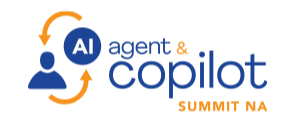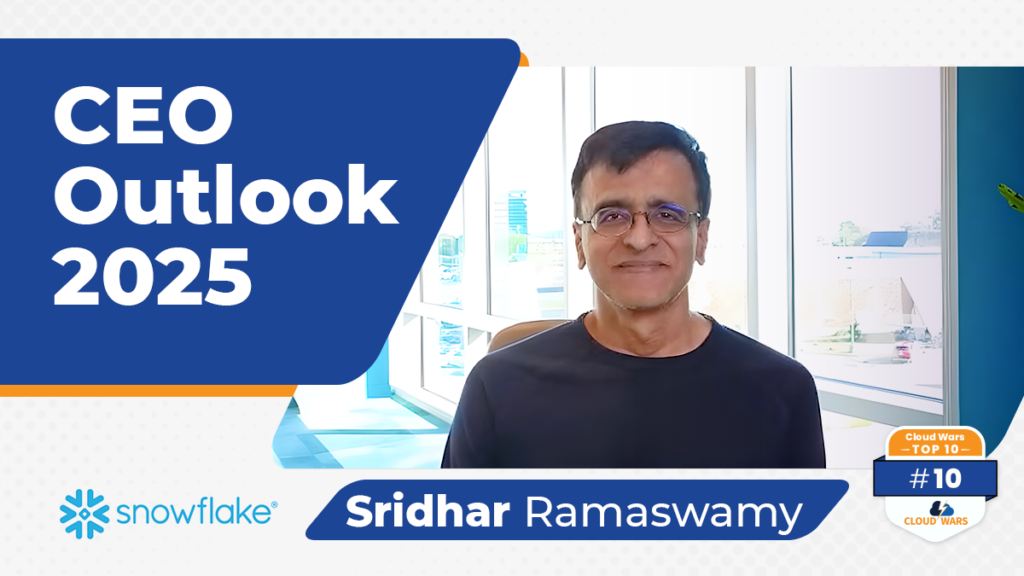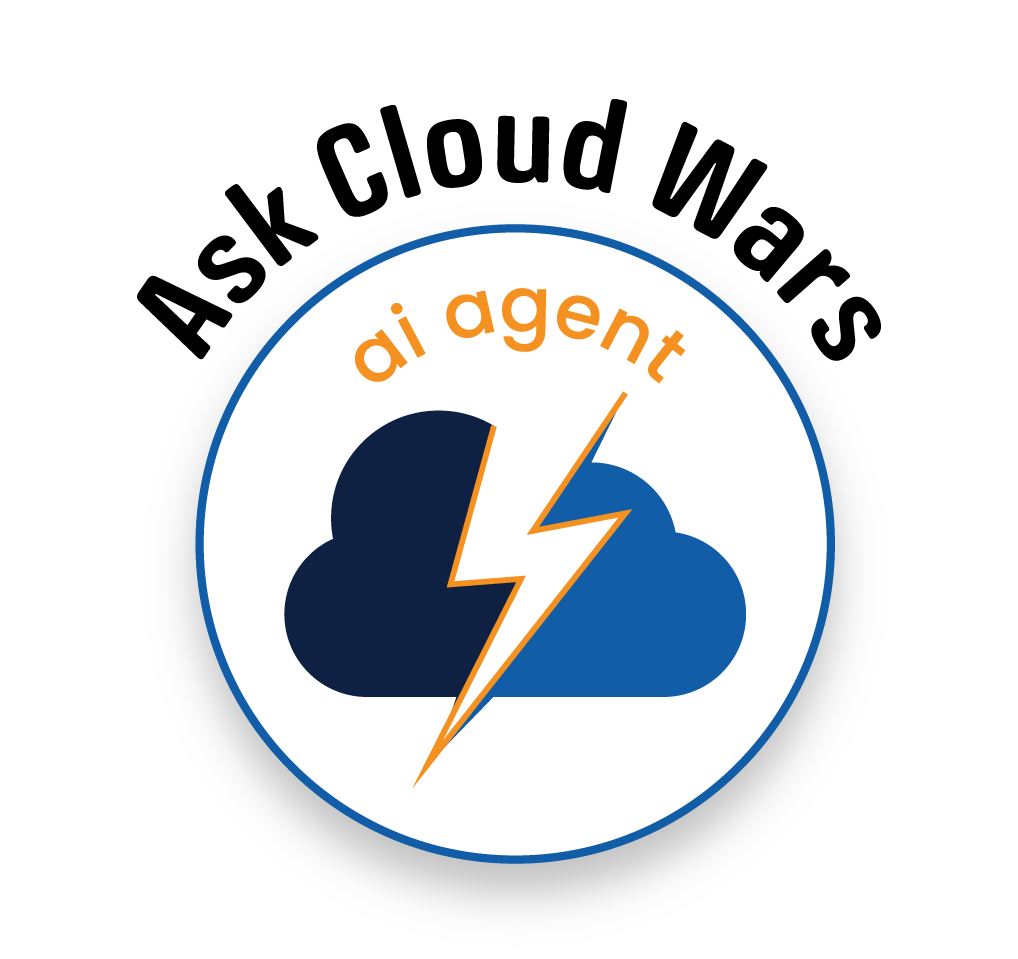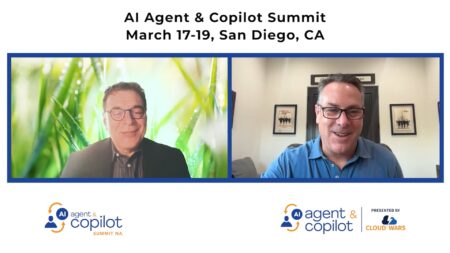
Citing sky-high levels of customer optimism and excitement over AI’s potential to generate more value from data, Snowflake CEO Sridhar Ramaswamy also cautioned that 2025 must be the year where highly caffeinated visions begin delivering demonstrable business impact.
For fast-growing Snowflake, the fulfillment of that conversion is particularly vital because shortly after Ramaswamy took over as CEO 11 months ago, he raised the stakes for his company by repositioning his company from the industry’s first Data Cloud to the first AI Data Cloud.
“Absolutely, there’s a ton of excitement. And lots of companies have built lots of prototypes and they have run ‘demo days’ or ‘innovation weeks’ to just get a feel for what is possible with the technology,” Ramaswamy said in our 1:1 interview for this latest installment in the Cloud Wars CEO Outlook 2025 series. You can see my full interview with Ramaswamy here.
And as the new year has kicked into full swing, Ramaswamy said, so too has the quest for tangible justification for the booming requests for funding of AI projects.
“Hey, how do you drive utility? What are you going to get? How are you going to get value from this? And how do you solve real business problems?” Ramaswamy said in listing the questions he’s getting more frequently from customers.
“People that have built analytics and that have built dashboarding tools and that have built reporting tools for the past 50 years, they have dreamed about making those tools more flexible because they’re still kind of cumbersome,” he said.
“And now people are super excited — ‘Oh my god, now I can have fluid access to data! Oh my god, now I can ask questions and get real answers instead of getting the proverbial 10 blue links! I think people see the promise of things like that, but then they ask: ‘How do you make that work at scale? How do you make that work in a reliable way, and how do you make it work in a way that’s not expensive?’
“These are the themes that are going to come up again and again,” Ramaswamy said, and on top of that they’re also “now tantalized by things like, ‘I wonder what agentic systems can do, and what do they represent?’
“So I would say there’s a combination of optimism and excitement, but also, ‘Show me the value —show me the money.'”

AI Agent & Copilot Summit is an AI-first event to define opportunities, impact, and outcomes with Microsoft Copilot and agents. Building on its 2025 success, the 2026 event takes place March 17-19 in San Diego. Get more details.
The Power of the Consumption Model
For Snowflake, that ability to show customers the value is based on its consumption business model.
“Remember, especially in the SaaS model, you have to commit to, sometimes at a company level, using something and paying a massive cost in order to get even access to this technology and that’s a problem,” Ramaswamy said.
“For example, it’s how AI has rolled out to some of the commonly used productivity software. It just becomes a pretty giant add on. And, you know, customers correctly worry about things like, “Wait, wait what is the return on investment if I’m spending $20 per person per month, and, gosh, I have 10,000 employees?
“Those numbers very, very quickly add up — that’s like $2 million bucks per month!”
That sticker shock, he said, allows Snowflake to pose a very different set of up-front questions to customers centered on the desired business outcomes of those customers rather than on the revenue model of a SaaS vendor:
- Does the solution free up time?
- Does it cut costs?
- Does it boost revenue?
“Business basically comes down to making more money, and/or spending less money,” Ramaswamy said, “and a consumption model is very aligned with that. And the more people get better at just understanding how it’s possible to apply these, the more these become just second nature in how they do their work.”
As an example, Ramaswamy cited Siemens‘ development of chatbots to be added to the PDF manuals for many of the 150,000 products made by Siemens. “Why? If you’re sitting in a corner in some room and you want an answer to a question, it’s much better to ask the question and get a fluid answer than to look through a PDF.”
The Quest for Data Interoperability
Ramaswamy is nearing the end of his first year as CEO, during which he has admirably succeeded the legendary Frank Slootman by maintaining the company’s growth rate of at least 30% while also accelerating the development and rollout of new products, most of which have powerful AI components.
And one of Ramaswamy’s big goals for 2025 is using that momentum to deliver true data interoperability to Snowflake’s customers.
“We are really excited about helping our customers by providing an end-to-end solution. How do you ingest data? How do you process that data to make more sense out of it? How do you run high-quality analytics, and then how do you go from there to predictive machine learning that can begin to predict the future, and that then feeds back into how is data created?” Ramaswamy said.
“And of course, AI is an accelerant in all of them. It’s these two trends of data interoperability as well as AI that we think are the big currents that are propelling data ecosystems forward and we are well positioned to take advantage of that, not just on the AI side with things like Cortex and Snowflake Intelligence, but also on the data engineering side by helping customers have more connectors that can bring in data from Salesforce, that can bring data from SAP, and other systems into Snowflake.”
Hey, if it was easy, everybody would be doing it — and in the category of the Data Cloud and what is morphing into the AI Data Cloud, just about everybody is trying to do it. So Ramaswamy knows that Snowflake has to keep conjuring up big AI-powered dreams but also ensuring that those dreams are completely grounded in the reality of great business outcomes for customers.
“How do you do that while running at breakneck speed and creating new things? It’s a tremendous challenge for the team, but we have an amazing team, and that is continuously the right balance to strike,” Ramaswamy said.
“I think that’s a challenge that we have to navigate.”
Ask Cloud Wars AI Agent about this analysis










